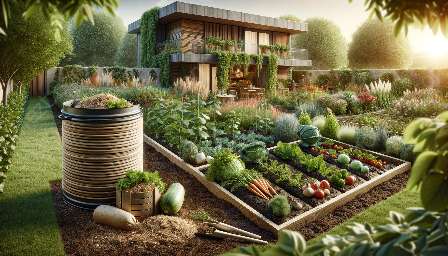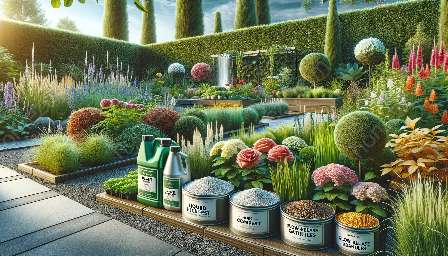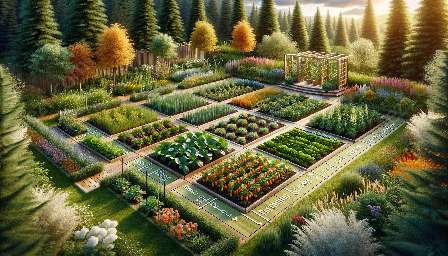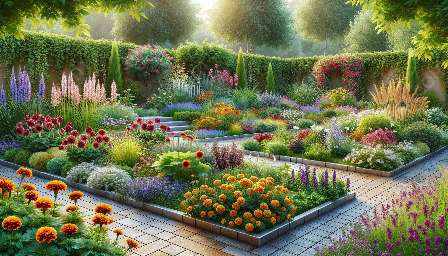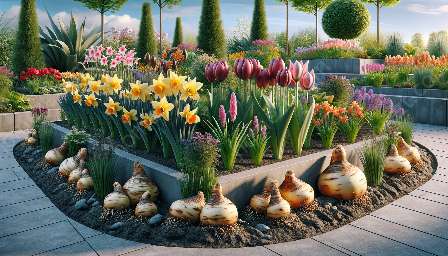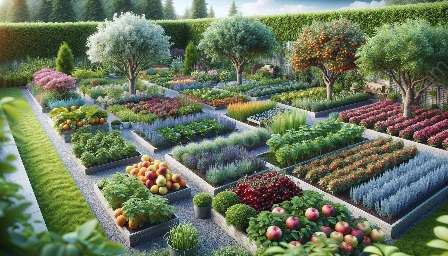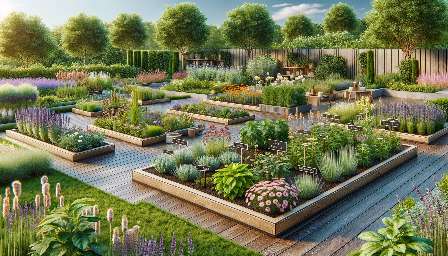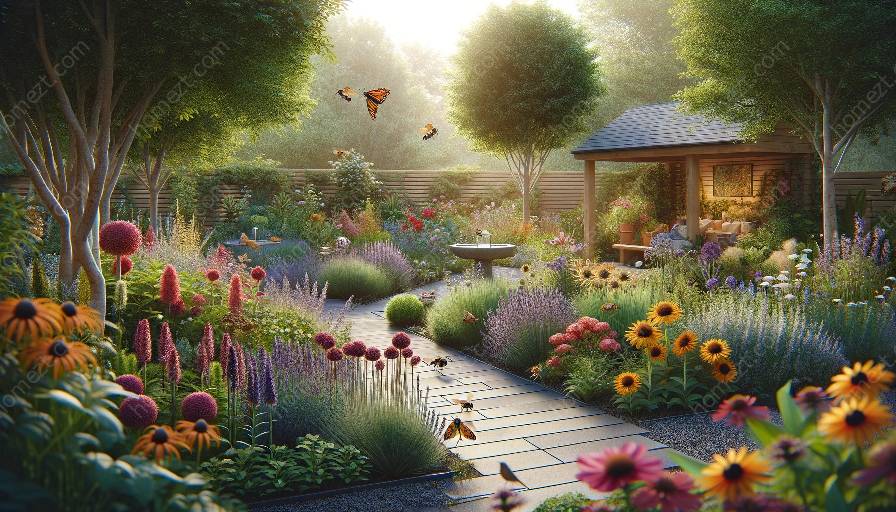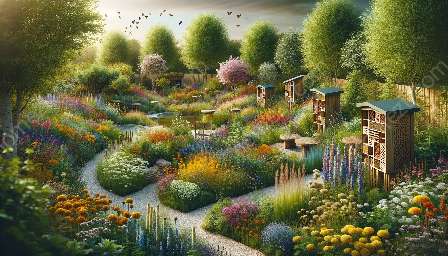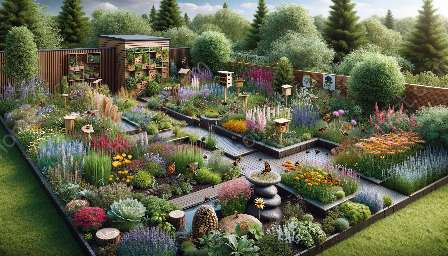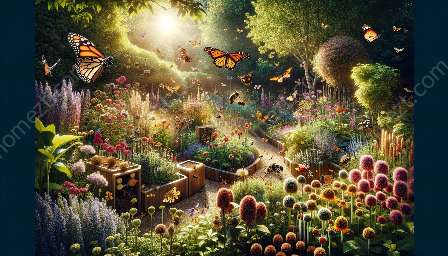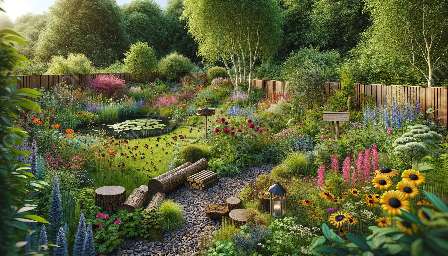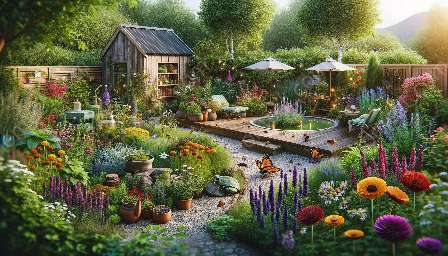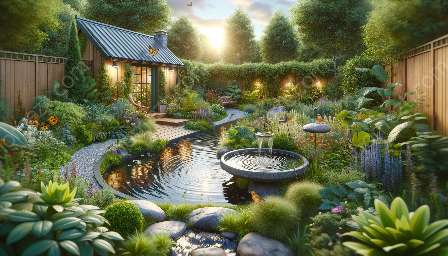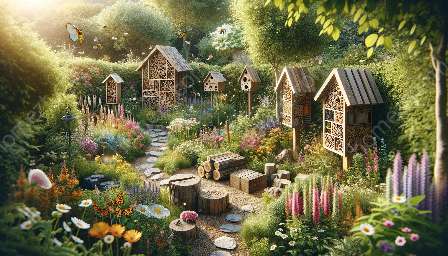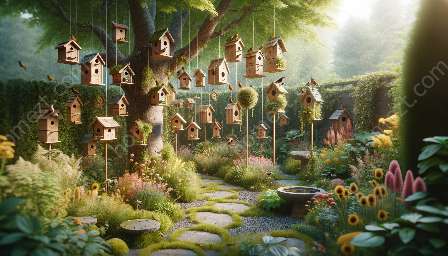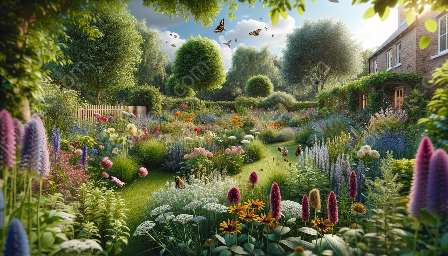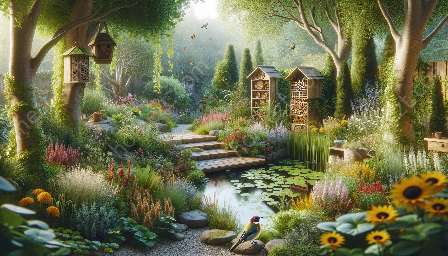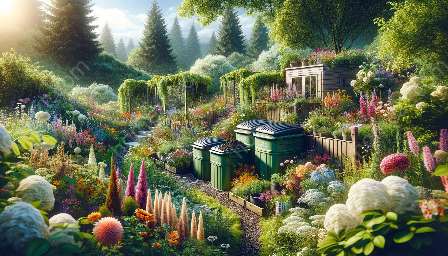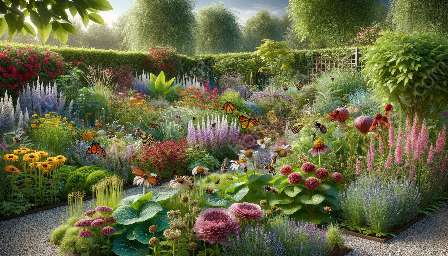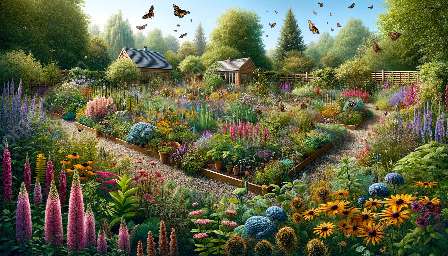Are you looking to bring your garden to life and create a welcoming habitat for beneficial insects? In this comprehensive guide, we will explore the exciting world of wildlife gardening and provide you with tips and techniques for attracting beneficial insects to your garden.
The Importance of Wildlife Gardening
Wildlife gardening is not only a wonderful way to connect with nature but also plays a crucial role in preserving biodiversity. By creating a wildlife-friendly garden, you can provide a sanctuary for a variety of species, including birds, butterflies, bees, and other beneficial insects. These creatures are essential for pollination, pest control, and overall ecosystem health, making your garden a thriving ecosystem.
Creating a Wildlife-Friendly Garden
When establishing a wildlife-friendly garden, it's essential to understand the key principles and techniques involved. Incorporating native plants, providing water sources, and creating diverse habitats are all crucial elements of wildlife gardening. By carefully designing your garden to mimic natural ecosystems, you can attract and support a wide range of wildlife species.
Choosing Native Plants
Native plants are the cornerstone of a successful wildlife garden. These plants have evolved alongside local wildlife and provide essential food and shelter. By including a diverse selection of native plants in your garden, you can cater to the specific needs of local wildlife, attracting a variety of beneficial insects and other creatures.
Providing Water and Shelter
Water features such as ponds, birdbaths, and shallow dishes provide wildlife with much-needed hydration and bathing opportunities. Additionally, incorporating natural shelters, such as brush piles, rockeries, or insect hotels, creates safe havens for insects and small animals.
Creating Diverse Habitats
Embracing diversity in your garden is key to attracting a wide array of beneficial insects. Incorporating a mix of flowering plants, grasses, shrubs, and trees ensures that your garden offers varied habitats and food sources for wildlife. This diversity encourages a healthy ecosystem and enhances the overall beauty of your garden.
Attracting Beneficial Insects
Beneficial insects play a vital role in maintaining ecological balance and controlling pest populations. By creating a welcoming environment for these insects, you can reduce the need for chemical pesticides and promote natural pest management in your garden.
Understanding Beneficial Insects
Before attracting beneficial insects, it's important to understand their role in the garden. Ladybugs, lacewings, hoverflies, and parasitic wasps are just a few examples of beneficial insects that help control pests by preying on them or pollinating plants.
Planting Pollinator-Friendly Flowers
One of the most effective ways to attract beneficial insects is by planting flowers that provide nectar and pollen. Choose a variety of blooming plants such as coneflowers, asters, lavender, and sunflowers to create a colorful and enticing environment for pollinators.
Creating Insect-Friendly Habitats
Building insect-friendly habitats, like rock piles, wood piles, or areas of undisturbed mulch, provides refuge and breeding sites for beneficial insects. These habitats offer protection and shelter, encouraging beneficial insect populations to thrive in your garden.
Conclusion
By embracing the principles of wildlife gardening and actively attracting beneficial insects, you can transform your garden into a vibrant and sustainable ecosystem. Not only will you be supporting local wildlife, but you'll also enjoy the beauty and tranquility of a garden teeming with life. Start implementing these strategies, and soon you'll witness the wonderful diversity of wildlife that calls your garden home.




